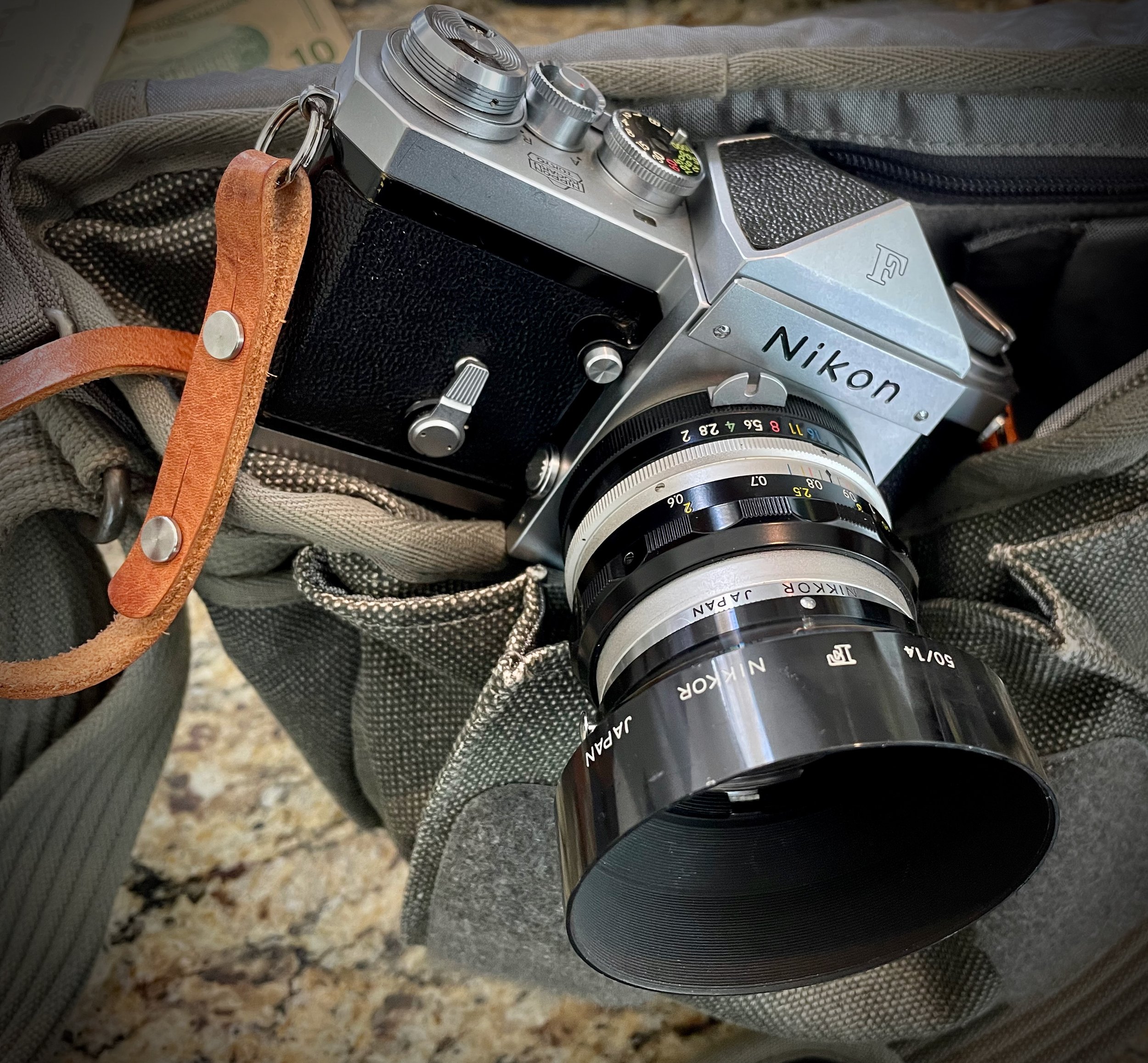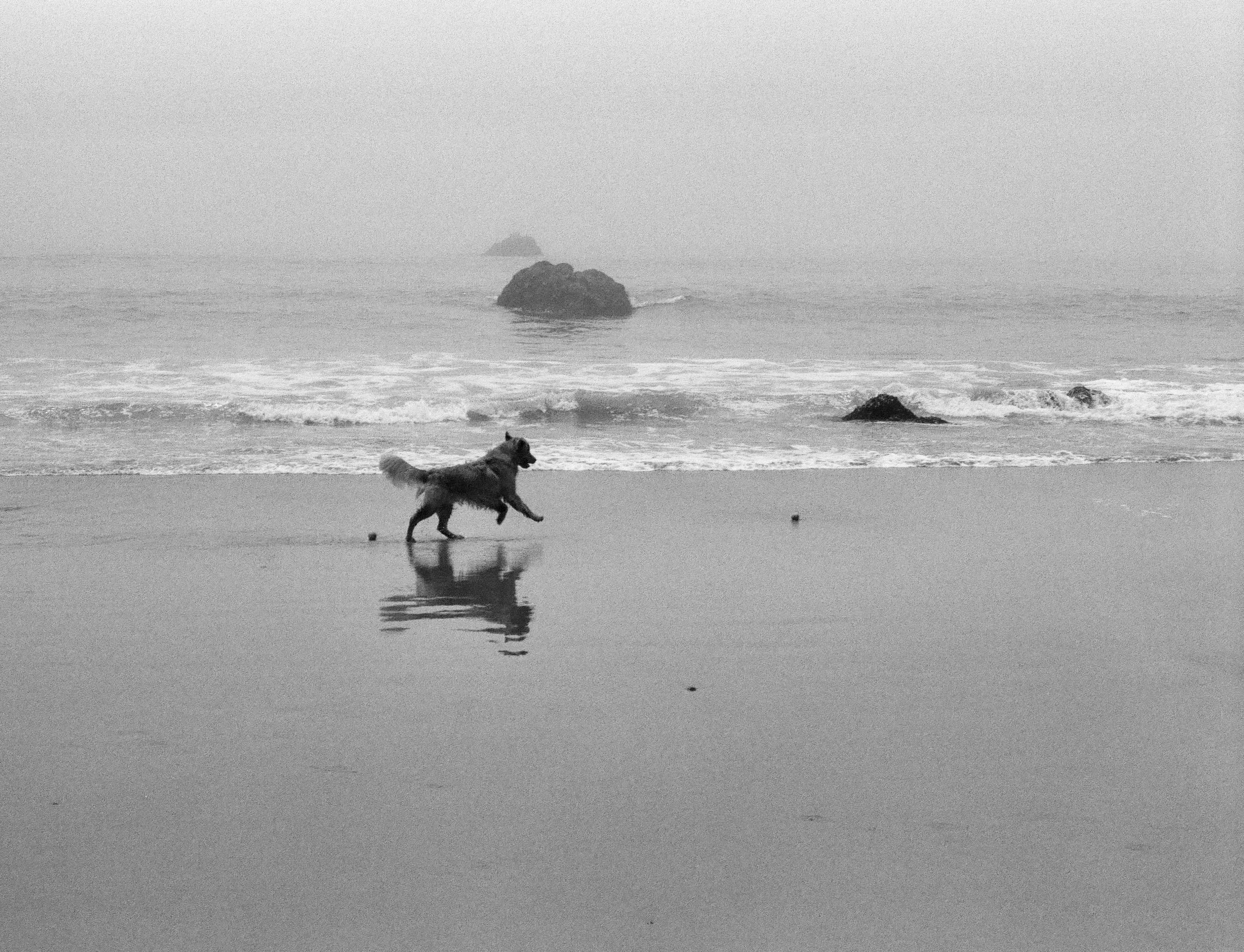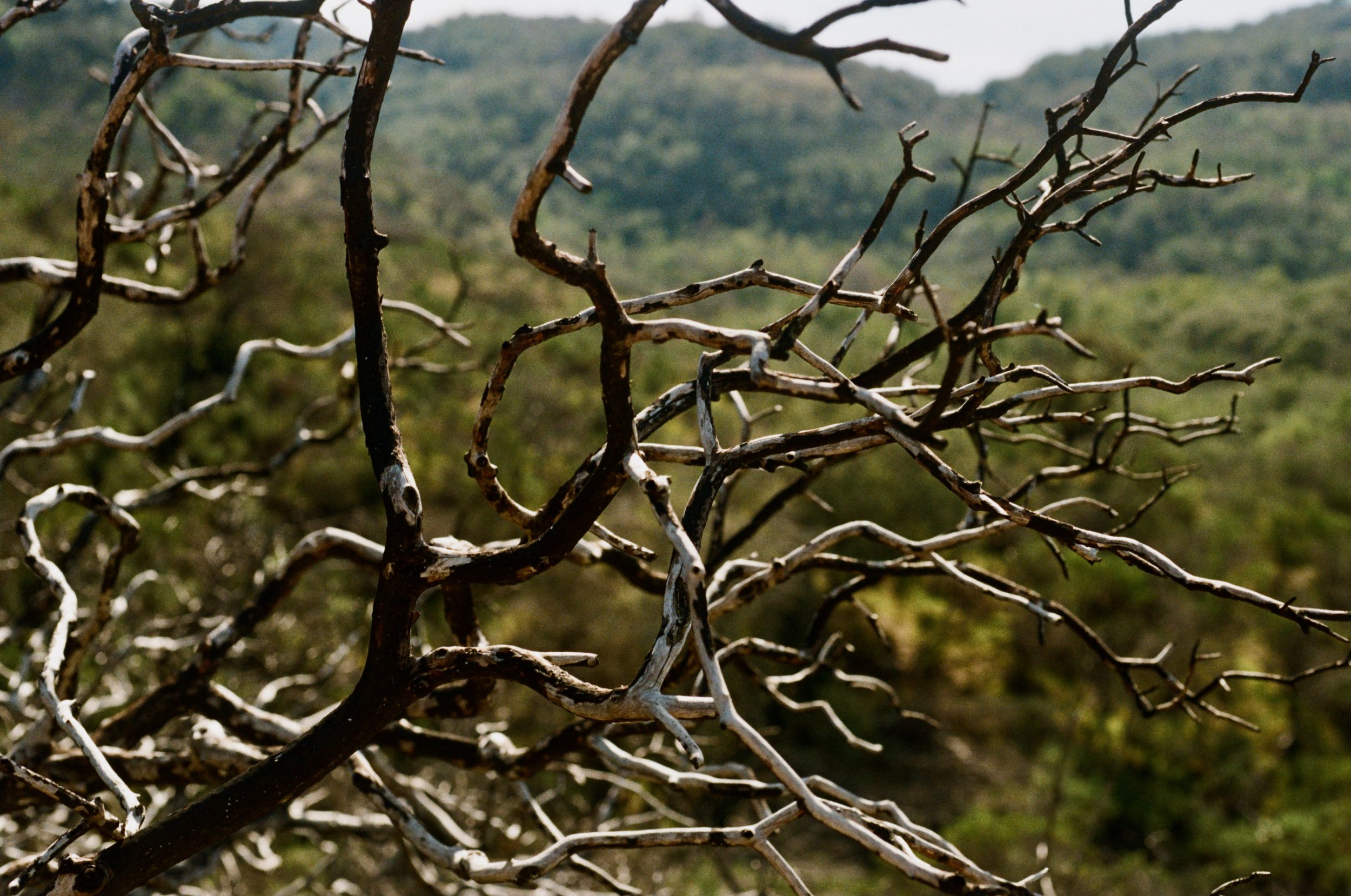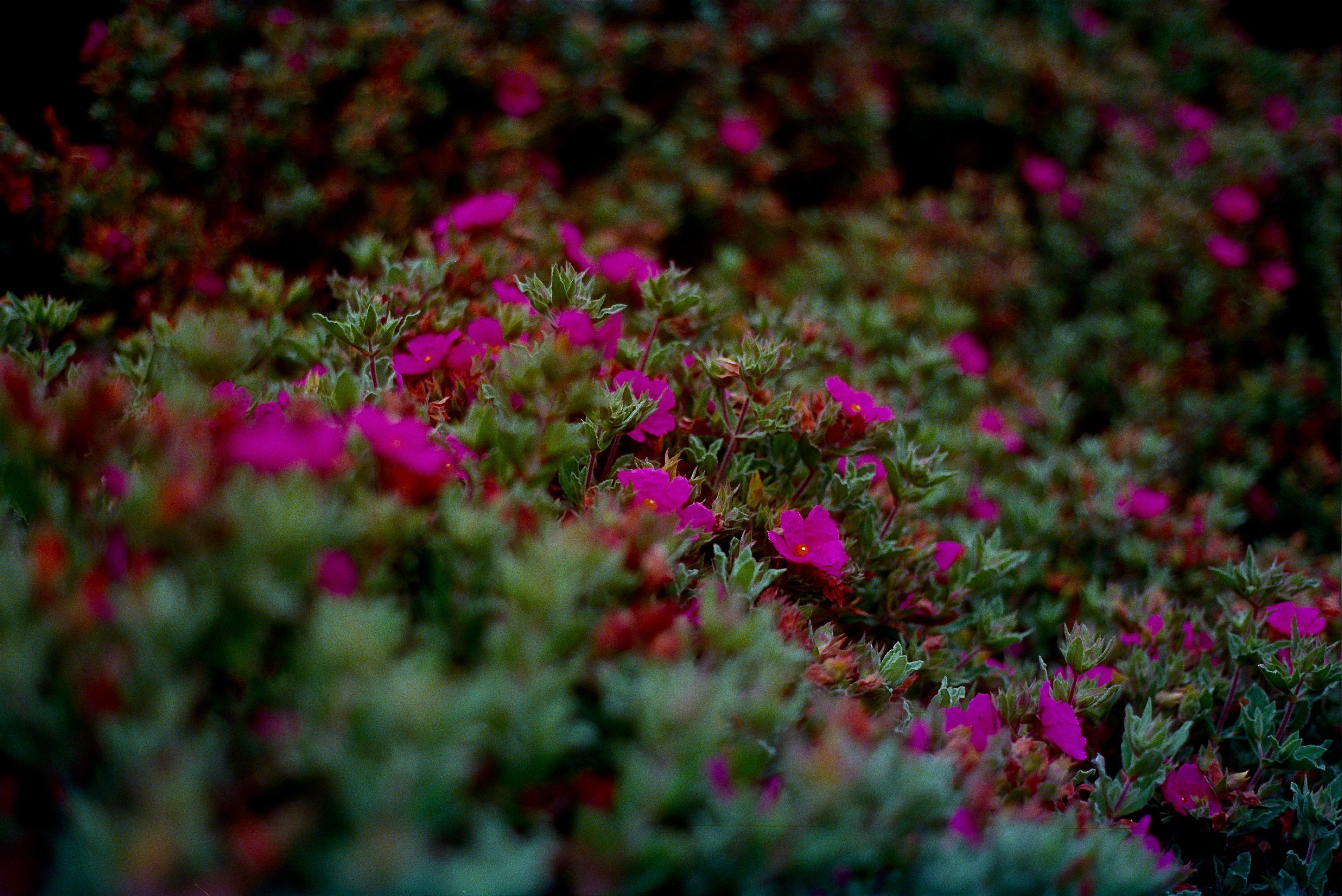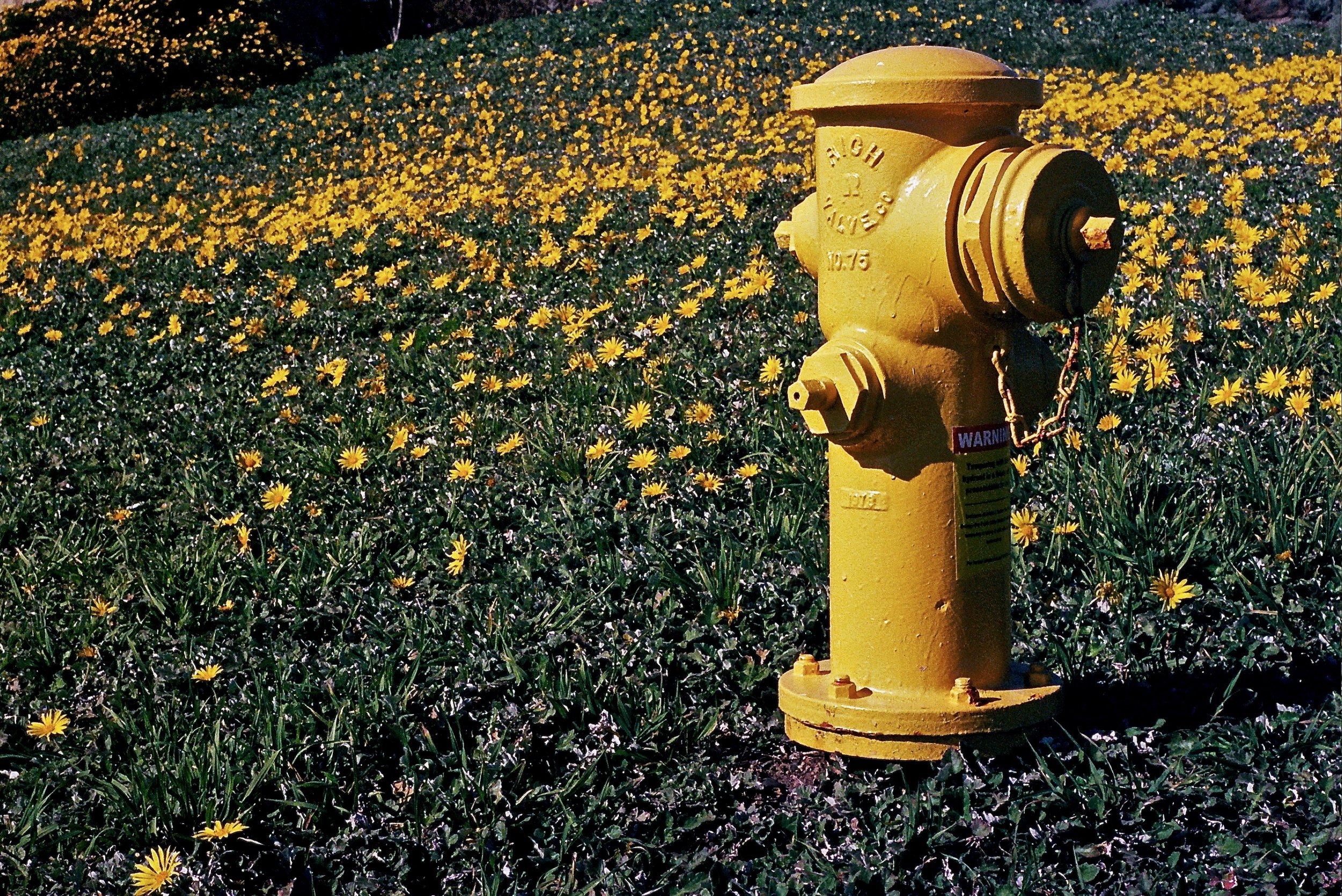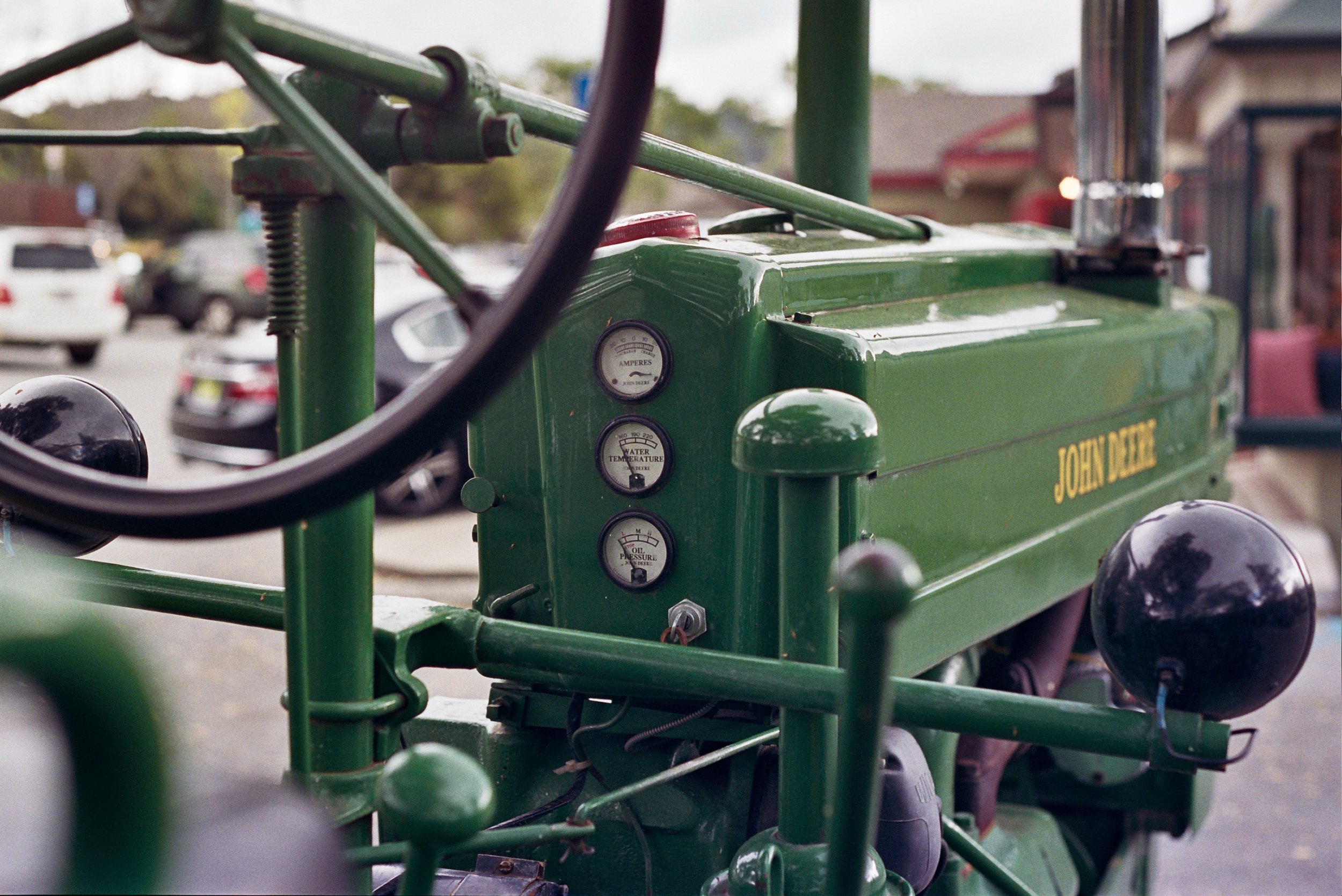I listen to the 70s channel on SiriusXM radio more than any other. I identify with the music of that decade and those are the songs that stir the most memories and feelings for me. Sometimes, I hear a song that binds itself so tightly to a particular moment in my life that listening to it transports to that time and head space. Looking back through 14 years of my film photography, there are images that do that for me as well.
In November of 2019, I had returned home to Upstate New York to visit my parents. Returning to my hometown, the house I grew up in, even sleeping in the same bedroom I occupied as a kid always has an emotional impact on me. Even though I have not lived there since I was a teenager, it is where my roots are. I will be sad when my parents pass away, that house is sold and there is no longer a real reason to visit.
While I was there, something that I had hoped for in my life began to fall apart and near the end of my trip, I went through some very dark days. I had brought along my Leica R4s, 60mm f/2.8 Macro-Elmarit and a few rolls of Kodak T-max 400 and decided that a walk somewhere and some photography might settle me.
I borrowed my Dad’s pickup truck, grabbed the Leica and headed down to the small airport where, long ago, I had learned to fly airplanes. Tri-Cities Airport in Endicott, NY was built in the 1930s and served as the primary airport for the Endicott/Johnson City/Binghamton area until the 1950s. Many of the buildings including a big hangar and the administration/terminal building were built by the Works Progress Administration and had an art deco flavor. By the time I began learning to fly in the mid 1970s, commercial flights had long gone to the new Binghamton airport, but Tri-Cities had become a busy and vibrant general aviation airport with three flight schools and a charter service. I worked part-time at one of the flight schools, washing airplanes, answering phones and whatever else needed done. I was paid $1.50 per hour. When I earned $27, I redeemed my pay for one hour of flight instruction in a Piper Cherokee 140. I soloed on my 16th birthday, flying a plane by myself before I drove a car by myself.
As was the case with a lot of industrial areas of the Northeast, time was not kind to the area or to Tri-Cities Airport. The Endicott Johnson shoe factories closed and IBM, which had become the area’s largest employer, began moving operations and employees out of the area. Over the decades, the Village of Endicott struggled with much needed expensive repairs on the aging WPA buildings at the airport. One by one, the old relics had to be demolished. One of the few remaining original structures on the field, the old airport administration and terminal building, was abandoned many years ago. When I was learning to fly, this building was the social center for the airport with a big pot of coffee always brewing and young and old pilots sitting around the lobby doing lots of hangar flying.
It was a different scene the day I visited with my Leica. The nearly deserted airport, the empty terminal building with its broken windows and a biting November wind were perfect companions for the darkness I felt that day. A feeling that the best days, my best days, seemed at that moment in the past. I stopped to peer into the empty, lonely, nearly forgotten building then stepped back to capture my reflection in the glass.
































































